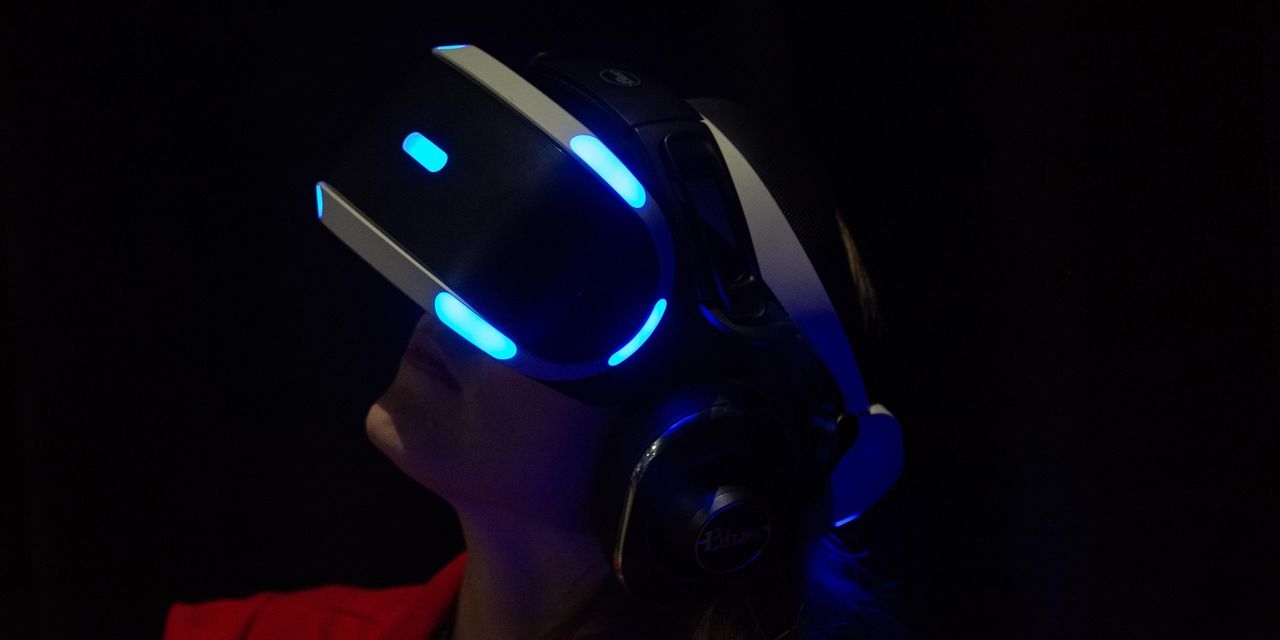Intel: Metaverse needs 1000x increase in computing power
After being largely silent on matters of the metaverse, Intel discusses the future of computing, saying there's not enough processing power at the moment to handle it.
-

Intel: Our computing, storage and networking infrastructure today is not enough to enable this vision
Intel has poured cold water on prospects of the metaverse being just around the corner.
In its first statement on the metaverse on Tuesday, Intel's Raja Koduri, a senior vice president and the head of Intel's Accelerated Computing Systems and Graphics Group, said in an editorial for Quartz that "our computing, storage and networking infrastructure today is simply not enough to enable this vision."
In fact, Koduri doesn't think we're close to achieving the metaverse with today's technology, declaring that we still need a thousand-fold increase in computing power.
"Consider what is required to put two individuals in a social setting in an entirely virtual environment: convincing and detailed avatars with realistic clothing, hair and skin tones – all rendered in real time and based on sensor data capturing real world 3D objects, gestures, audio and much more; data transfer at super high bandwidths and extremely low latencies; and a persistent model of the environment, which may contain both real and simulated elements," he said, noting that this is only if you consider two people.
Scaling this up to hundreds of millions of people would require much more computing infrastructure.
However, Koduri says that hardware alone will not account for the 1000x increase needed, because an increase in computational capacity may account for 10x growth in the next five years. But more optimistically, algorithms and software improvements are expected to make up for the gap, such as machine learning-powered neural nets or AI-enhanced computational techniques. Intel is counting on these developments to offer at least a 100x increase in computational capacity.
To make a long story short, according to Intel, more foundational work needs to be done to pave the road for the future that is the metaverse.

 2 Min Read
2 Min Read








